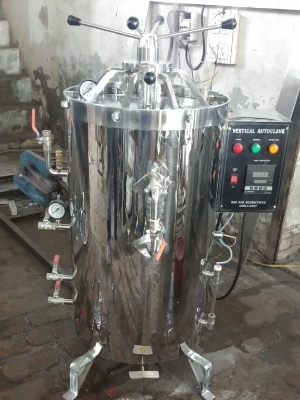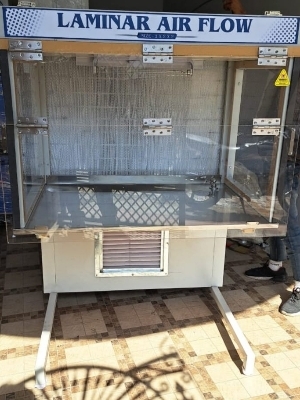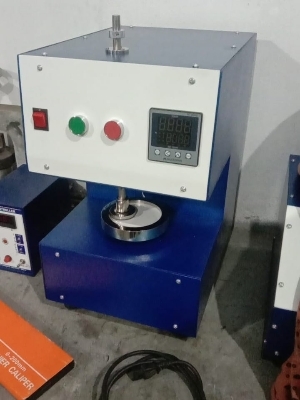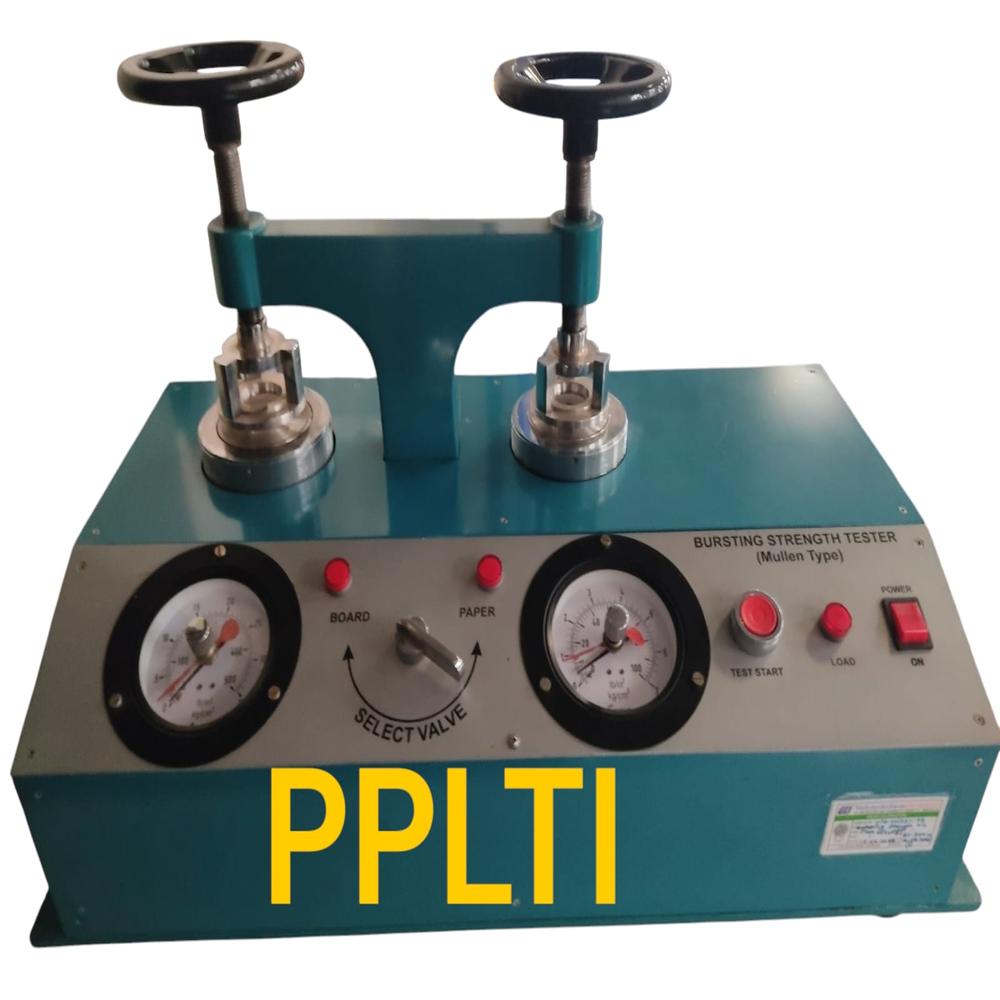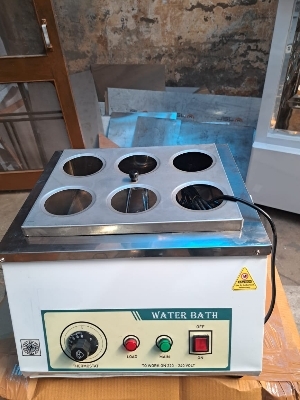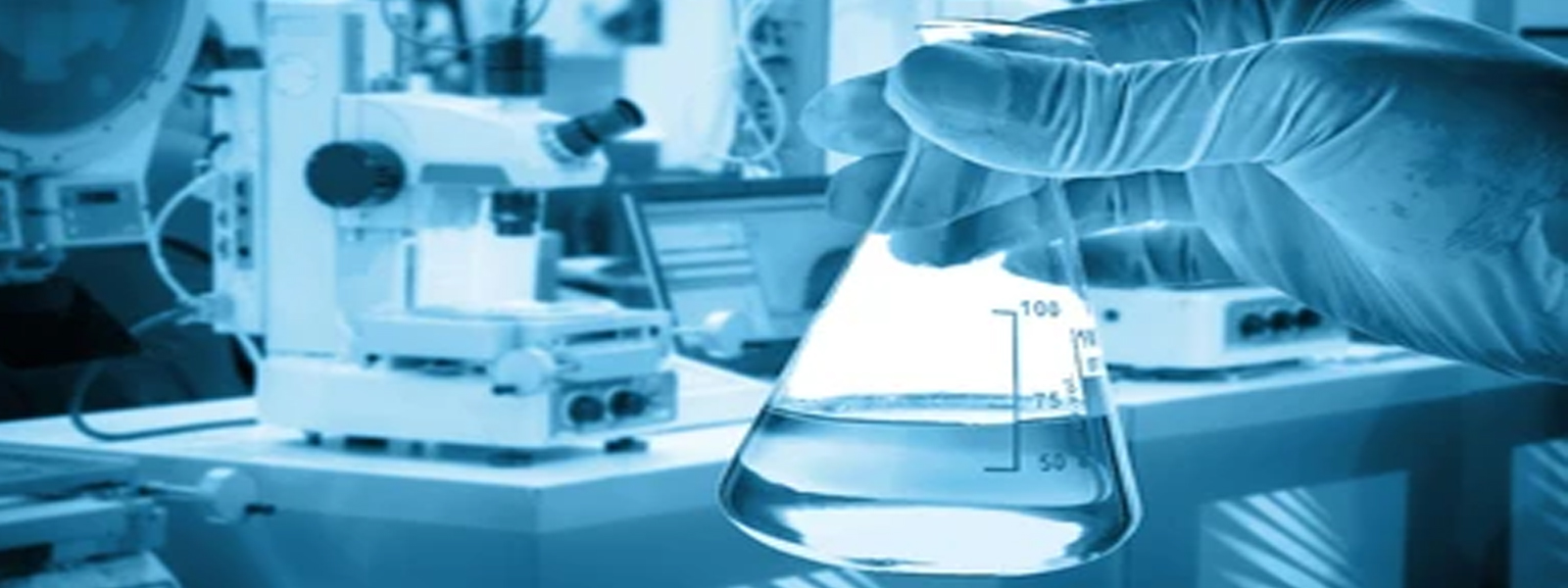
Vertical autoclave
Product Details:
- Automation Grade Semi-automatic
- Usage Industrial
- Power Supply Electric
- Color Silver
- Features Good Quality
- Voltage 110-215 Volt (v)
- Frequency 50-60 Hertz (HZ)
- Click to View more
X
Vertical autoclave Price And Quantity
- 1 Unit
Vertical autoclave Product Specifications
- 50-60 Hertz (HZ)
- 110-215 Volt (v)
- Good Quality
- Silver
- Industrial
- Electric
- Semi-automatic
Vertical autoclave Trade Information
- 4 Unit Per Day
- 15 Days
- All India
Product Description
Vertical Autoclave A vertical autoclave is a laboratory sterilization device that uses steam under pressure to sterilize equipment, culture media, glassware, and other laboratory materials. Unlike horizontal (rectangular) autoclaves, vertical autoclaves are cylindrical and loaded from the top, making them compact and suitable for laboratories with limited space. --- Working Principle It works on the principle of moist heat sterilization, where saturated steam under pressure (121C at 15 psi or higher) penetrates materials and kills microorganisms, including spores. 1. Water is heated in the chamber produces steam. 2. Pressure builds up inside the chamber. 3. Steam penetrates and sterilizes the load. 4. After sterilization, steam is released and materials are removed. --- Main Components Chamber (Stainless Steel) cylindrical vessel where sterilization takes place. Lid with Locking System ensures airtight sealing. Heater / Boiler Unit generates steam. Pressure Gauge shows internal pressure. Safety Valve prevents excessive pressure buildup. Steam Release Valve for controlled release of pressure. Basket / Perforated Stand holds materials.FAQs of Vertical autoclave:
Q: What is the automation grade of the Vertical Autoclave?
A: The Vertical Autoclave has a semi-automatic automation grade.Q: What type of power supply does the Vertical Autoclave use?
A: The Vertical Autoclave operates on an electric power supply.Q: What is the voltage range required for the Vertical Autoclave?
A: The Vertical Autoclave requires a voltage range of 110-215 Volts (V).Q: What are the usage applications of the Vertical Autoclave?
A: The Vertical Autoclave is designed for industrial usage.Q: What is the frequency specification of the Vertical Autoclave?
A: The Vertical Autoclave operates at a frequency range of 50-60 Hertz (Hz).Tell us about your requirement

Price:
Quantity
Select Unit
- 50
- 100
- 200
- 250
- 500
- 1000+
Additional detail
Mobile number
Email
